Short description of the technology
During the vacuum forming process, plastic sheets are heated until they are ductile enough to form around a mold under the vacuum.
Advantages and restrictions of the technology
This is a simple and low-cost process, which produces resilient, lightweight and seamless parts quickly and efficiently. The vacuum forming process is one-sided; the produced parts have a good surface only on one side.
This process is usually suitable for plastic sheets (such as polystyrene, acrylic, polyethylene). When high strength is required, it is followed by the spray-up of fiber reinforcement.
The main advantages of vacuum forming:
• Inexpensive tooling (small series can be produced);
• Fast turnaround.
Part design
The main restrictions in part design are the consequences of the production technique: the part is one-sided and shell-type, with smooth curved elements, so that the plastic sheet can mold around such a shape. Due to material drawing, the plastic sheet can have significantly different thicknesses after forming, especially in the areas of deep drawing.
Deep (and especially narrow) drawing in the part can be a significant problem for this technology, because of the risk of non-drawing or rupture of the sheet.
The possibilities and restrictions of part design for vacuum forming are described in detail in Table 3.
Table. Design of parts made by vacuum forming
| Finished surfaces | ||
| Thickness accuracy, mm | ||
| Minimum inside radius, mm | ||
| Molded-in holes | ||
| Undercuts | ||
| Minimum thickness, mm | ||
| Maximum thickness, mm | ||
| Metal inserts | ||
| Ribs | ||
| Bosses | ||
| Molded-in labels |
We have 2 vacuum-forming machines, being able to produce large parts (for example, acrylic bathtubs).
CNC machining of vacuum-formed parts allows to get accurate accordance with the 3D-model.
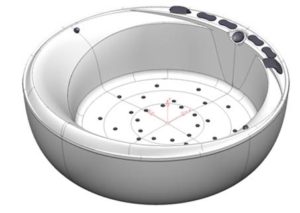
Vacuum-formed bathtub and its sketch
Our long experience let us produce complex parts by vacuum forming.
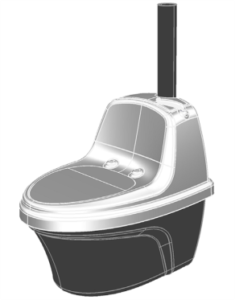
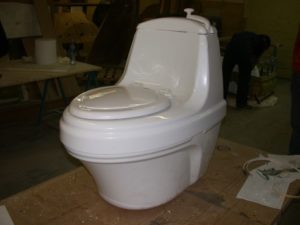
Sketch and the final part, produced by vacuum forming
We can also produce vacuum formed parts from transparent materials (for example, acrylic sheet or polycarbonate sheet). We can achieve the quality of vacuum formed parts that is sufficient for aviation.
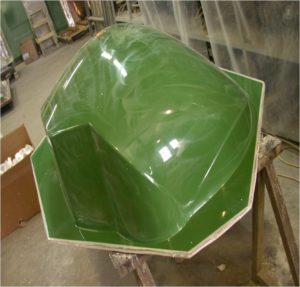
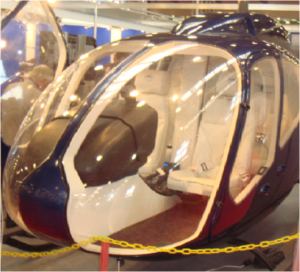
Helicopter cabin with transparent windshield and the mold for vacuum forming of the windshield





